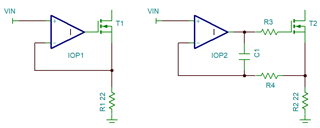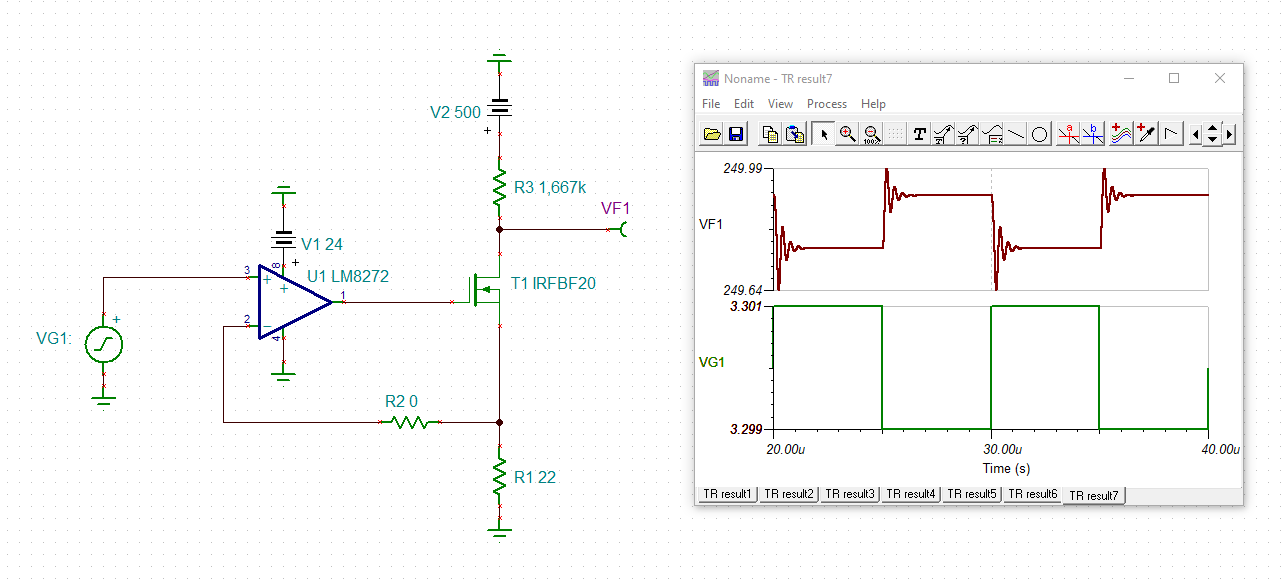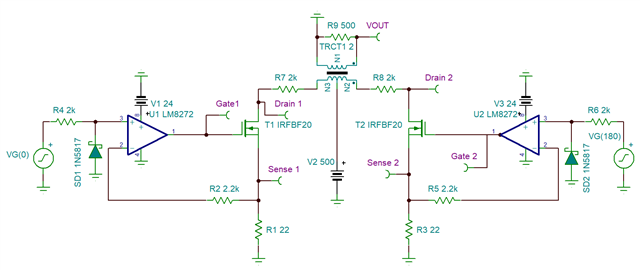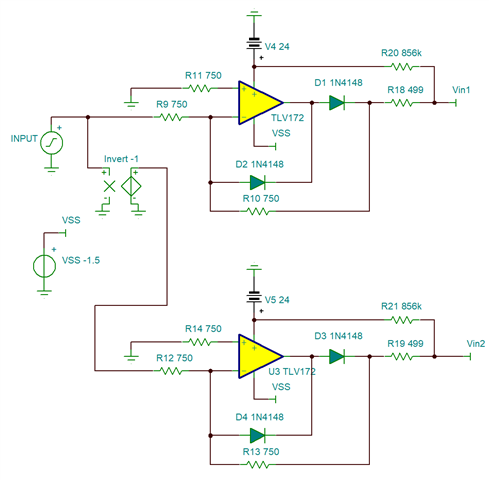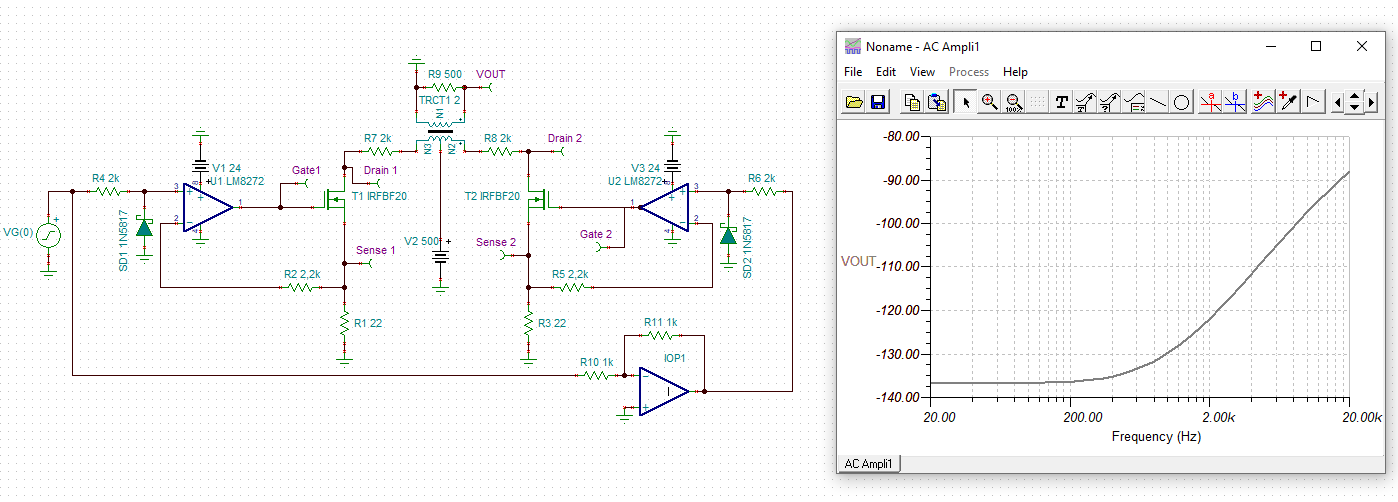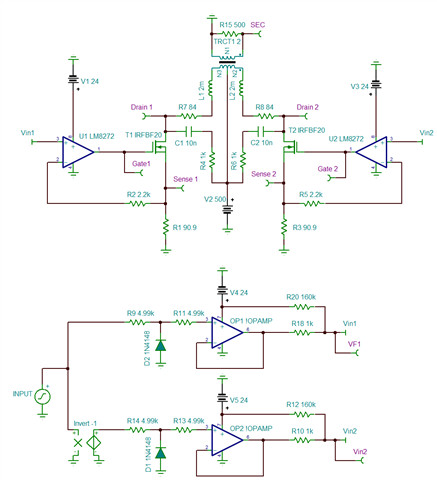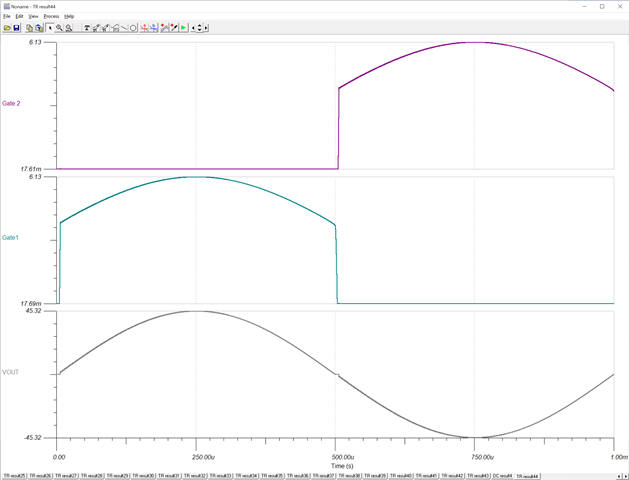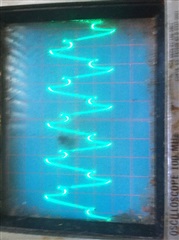Other Parts Discussed in Thread: LM7322, LM7332, OPA1678
So I have an application where (don't laugh TOO hard) I'm actually trying to use a power MOSFET to replace an actual vacuum tube power pentode, the "class" of the drive is about 500 volt at .15 amp. I selected the LM8272 because my original "attempt" used a garden-variety dual opamp and I wanted something that would "more or less" fit the socket (as adapted). The MOSFET is an IRFBG20F, it's wired so the opamp is configuring the MOSFETs as current sources and tries to "persuade" the transistor to generate a peak of 3.3 volts across 22 ohms in the source return. The problem is the maximum output I get before the waveform "goes wobbly" (has all manner of extra trash on it) is at least 13X less than it ought to be capable of. Now I notice the LM8272 doesn't claim to have been designed to drive power MOSFETs, just to be stable regardless of the amount of capacitance in the load. Should I have used an LM7332 or LM7322 instead, their data sheets appear to say it's OK in this type of service? What's the difference between these parts that I should notice? What else would be misbehaving here? (I'm "not a big fan" of SPICE because I usually don't find the models to be accurate enough to be revealing with "bleeding edge" parts and configurations, and I don't think I have models for even the opamps let alone the MOSFET, but rather than spending weeks JUST to get a simulation to reproduce an instability that I can already see, what's throwing me here anyway is the data sheets' insistence that these devices are "unconditionally stable" with a highly capacitive load, "maybe except for" - except for WHAT??) Are there other "candidates" for this service, maybe the OP275 (not "unlimited" cap but to 1 nF and not "designed to drive" MOSFETs), are there others? (The load can be somewhat inductive.)


